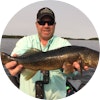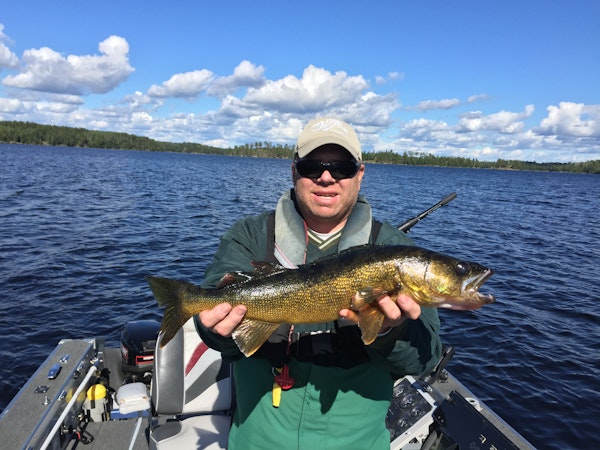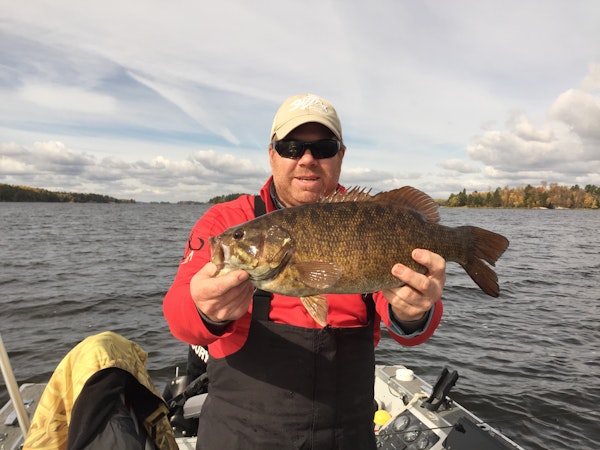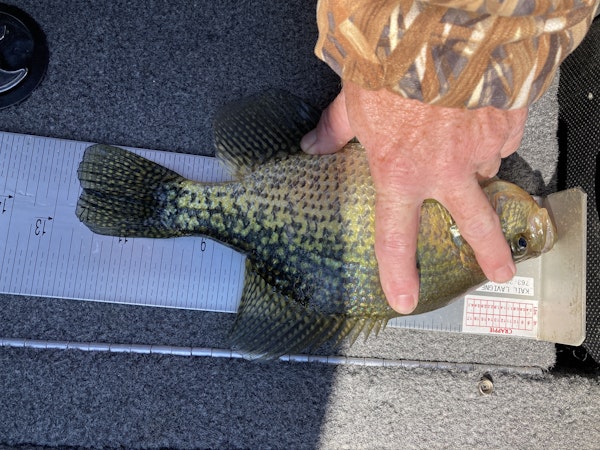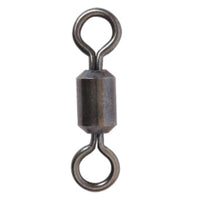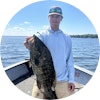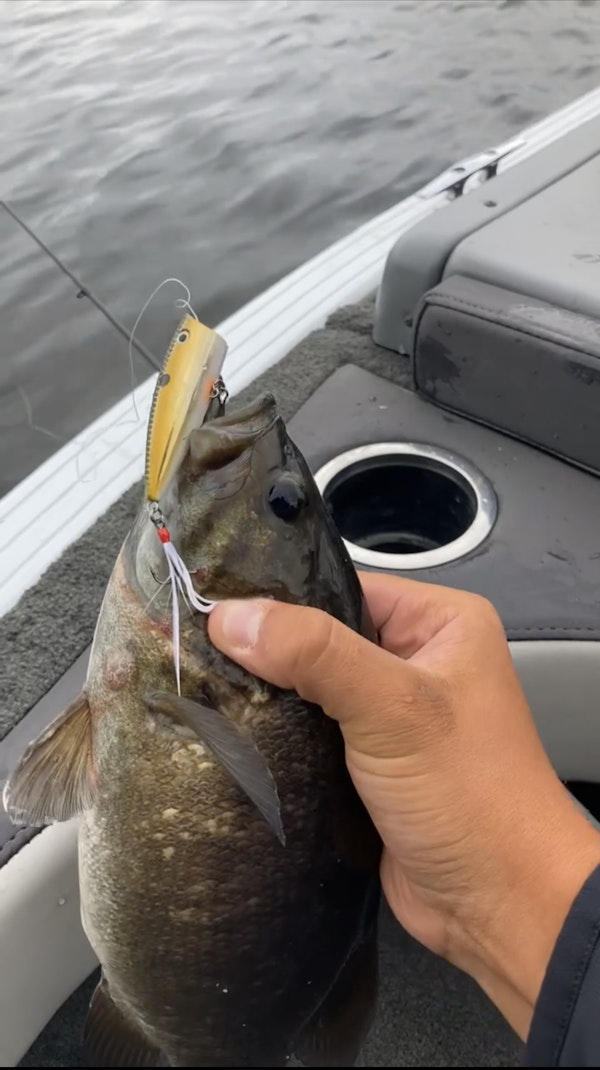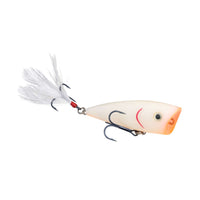Rainy Lake
Published: Updated:
Rainy Lake Fishing Reports
Stay up to date with the latest fishing reports from Rainy Lake. Reports are submitted by local anglers, fishing guides, and our team of fishing experts.
Filter by
Sort by
Reports from all past years within a 60-day time frame
- Species
 WalleyeTechniqueMedium Diving Crankbaits (7'-12')SeasonFallStructurePoints
WalleyeTechniqueMedium Diving Crankbaits (7'-12')SeasonFallStructurePointsFall on Rainy Lake is some of the best fishing of the year. Look for wind blown points, shorelines, and shallow humps. If you have side imaging you can see the fish, they will look like grains of rice on the screen. Cast the points, shorelines and shallow humps, very your retrieve. Look for areas will more of a sharp break, the bait fish will hold on that break as the wind pushes then to shore and the fish have a better ambush area. I like to use the XT mono it has more abrasion resistance, check your line often for nicks in the line and knot. Good Luck!
- Species
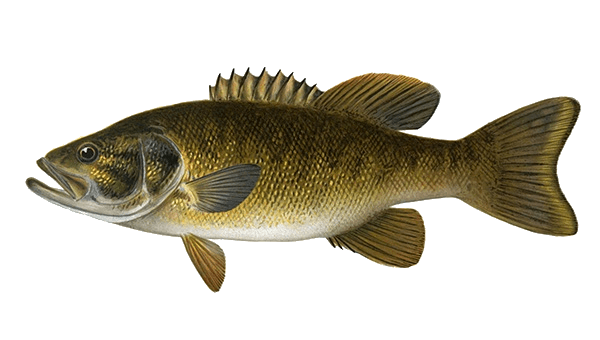 Smallmouth BassTechniqueVertical Jigging Deep (20'+)SeasonFallStructureHumps
Smallmouth BassTechniqueVertical Jigging Deep (20'+)SeasonFallStructureHumpsFall is some of the best time of the year for Smallmouth Bass ON Rainy Lake. Use your electronics to locate mid lake humps, look for ones with bigger the boulders the better. Vertical Jig the Rippin Raps over the top of the hump. I like to use fireline and tie it directly to the mono but you can use a small barrel swivel to connect them, or use only mono. Check the last couple feet of your line often for nicks and abrasions . Good Luck!
- Species
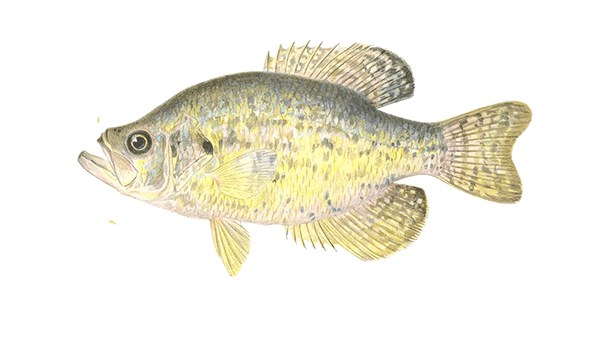 CrappieTechniqueVertical Jigging Deep (20'+)SeasonFallStructureLaydowns
CrappieTechniqueVertical Jigging Deep (20'+)SeasonFallStructureLaydownsFall is one of the best times for Crappie, use your electronics to locate a 30’ deep soft bottom basin. Drop to the bottom, bang thr Jigging Rap a few times on the bottom to attract attention and reel up just above the fish and start working you jigging rap slowly. Watch how they react to your bait, you should be able to watch on your normal 2D sonar or down imaging. You may want to tip the treble hook with a minnow head. If they don’t hit right away try playing keep away by raising your bait and trying to make them follow you. I like to use fireline with a short piece of mono with a swivel or tie the mono directly to the braid. Good Luck!
- Species
 Smallmouth BassTechniqueHard Topwater (Popping)SeasonSummerStructureBoulders
Smallmouth BassTechniqueHard Topwater (Popping)SeasonSummerStructureBouldersThe smallies were set up next to the big boulders close to shore. They were anywhere between 2-6 feet of water. Where the banks were steeper was normally the better fishing. The sexy dawg was a great bait for finding where they were set up, but when i wanted to pic apart a spot i would grab the popper. They ranged in size between 1-4 lbs. with my best five going around 15 lbs. The bigger fish came off of the sexy dawg but i caught by far more on the splasher popper.
- Species
 CrappieTechniqueVertical Jigging Deep (20'+)SeasonSummerStructureBaitfish
CrappieTechniqueVertical Jigging Deep (20'+)SeasonSummerStructureBaitfishMost of the crappie were found at the thermocline
- Species
 WalleyeTechniqueLive Bait RigsSeasonSummerStructureReef
WalleyeTechniqueLive Bait RigsSeasonSummerStructureReefUsed leeches, 3 inch Powerbait Minnows, and 3 inch Yum minnows. Most fish were 27 - 28 feet deep
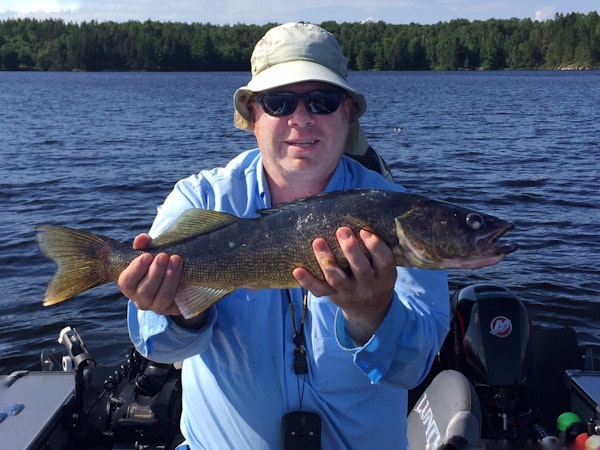 Species
Species WalleyeTechniqueVertical Jigging Deep (20'+)SeasonSummerStructureHumps
WalleyeTechniqueVertical Jigging Deep (20'+)SeasonSummerStructureHumpsSummer/Fall is a great time to vertical jig Rippin Raps on the humps on Rainy Lake. Use your electronics to locate active fish on the tops of the humps and throw back to them. Let the bait get to or almost to the bottom and give it a few rips and if you don't catch a eye right away move on to a new area or hump. 15 min tops before moving on. I like to tie a small barrel swivel between the mono and the braid. or you can tie the braid to the mono and use a snap swivel at the bait. When the fish hits, give it a second before setting the hook to let hit suck the bait into there mouth. Good Luck!
 Species
Species WalleyeTechniqueShallow Diving Crankbaits (0-6')SeasonSummerStructureRock Pile
WalleyeTechniqueShallow Diving Crankbaits (0-6')SeasonSummerStructureRock PileLook for the shallow wind blown rock piles, shorelines and points. Use your electronics to find good areas with your side imaging and plotter to find the big boulders and rubble. Put your trolling motor down and start throwing a Rapala DT-6 into the rocks. The Walleyes will set up waiting for the schools of bait to come through. If you can get on the back side of the rock piles and cast into the wind so the bait will be coming at the the structure naturally with the waves. I like using XT mono as it is more abrasion resistance and holds up better. Good Luck!
